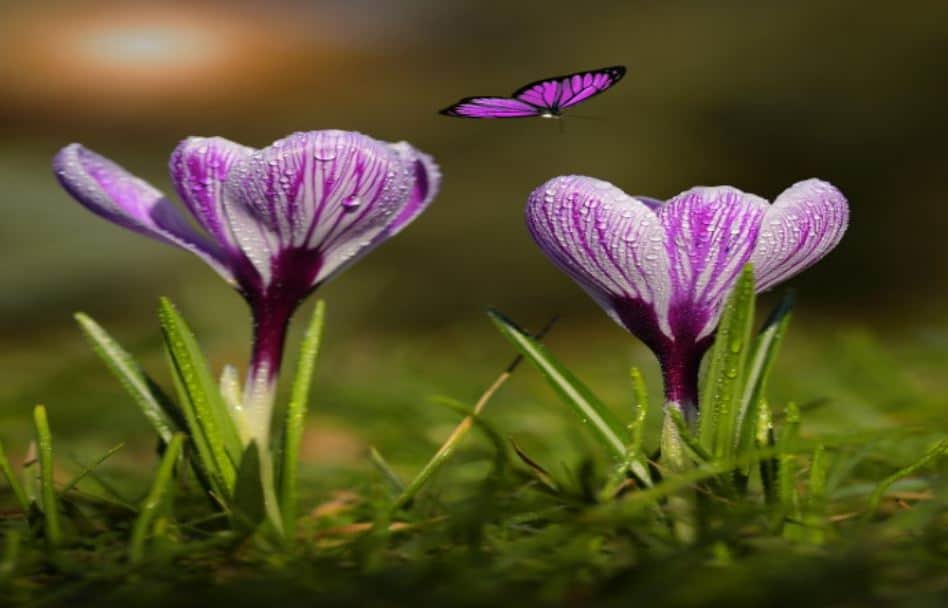How do plants determine when to bud and grow? Why do they hibernate over the winter and know when to reemerge in the spring? Anyone would find these inquiries intriguing, but gardeners, in particular, would. As science explores further into plant DNA and proteins, researchers are continuously discovering more about how plants grow and blossom.

The Importance of Bloom Timing
To survive in the cold, plants become dormant. Many plants lose their leaves, their development is slowed, and photosynthesis and sugar production are stopped in many plants. To save energy and defend themselves from the cold, they shut down. It resembles how certain animals hibernate.
Although less crucial for the survival of the individual plant than for the species, flower production time is nonetheless significant. Some plant species reproduce via flowers; to do so properly, they must time the blooming process.
As pollinators become accessible, plants have evolved to produce and open flowers at certain times. In frigid regions, the blossoms may also come too early and freeze to death, resulting in little or no fruit production. The danger of contracting an illness is reduced or avoided with proper timing.
What Determines When Plants Flower?
If you garden, you could take it for granted that your perennials bloom around the same time each year, almost like a clock. Although there may be a few minor deviations from year to year due to weather, the time is generally consistent. How do plants possess this knowledge?
A protein known as Flowering Locus T is the catalyst for flowering. The plant produces the protein at the appropriate moment and travels from the leaves to the tip of a shoot. The cells in this region can develop into leaves or flowers. The Flowering Locus T protein sends a message telling them to bloom.
Flowering genes and other proteins control this process. There are a few ways that plants might learn to begin making the protein that causes blooms, according to research:
Researchers discovered a protein now known as photoreceptor protein FKF1 and is triggered by sunshine. Every day, the plant produces the protein by expressing the gene. Longer days expose the protein to more sunlight, which starts the process that results in Flowering Locus T and causes the plant to bloom.
According to a study, the COLDAIR molecule is yet another substance that controls flowering. It is a genetic material called an RNA molecule. A plant’s COLDAIR molecule is activated after around 20 days of cold weather, which inhibits the genes responsible for flower formation. The genes are temporarily suppressed and then released at the appropriate moment for blooming.
These mechanisms interact with one another to help plants time bloom, along with perhaps more yet unclear ones. Also discussed is the reason why bloom timing isn’t always ideal. Early warm temperatures in the spring might beguile a plant into blossoming too early.
A complex interplay of several genes, proteins, and other molecules, such as RNA, occurs throughout the blooming process. They are to blame for the annual responses to variations in temperature and light that we see in plants.
How Do Trees Determine When to Bloom?
Smaller species have been the subject of many studies on the process and timing of flowering. The tiny Arabidopsis thaliana, often known as mouse-ear cress, was the subject of the study previously mentioned. It’s possible that all flowering plants, with few exceptions, use similar techniques to blossom. Similar genes and proteins that instruct plants to create blooms in the spring are likely present in trees.
Plants that bloom are intriguing and diverse. You’ll now understand more about what goes into your favorite plants’ timing, pollination, and reproduction when your garden blooms this year.

